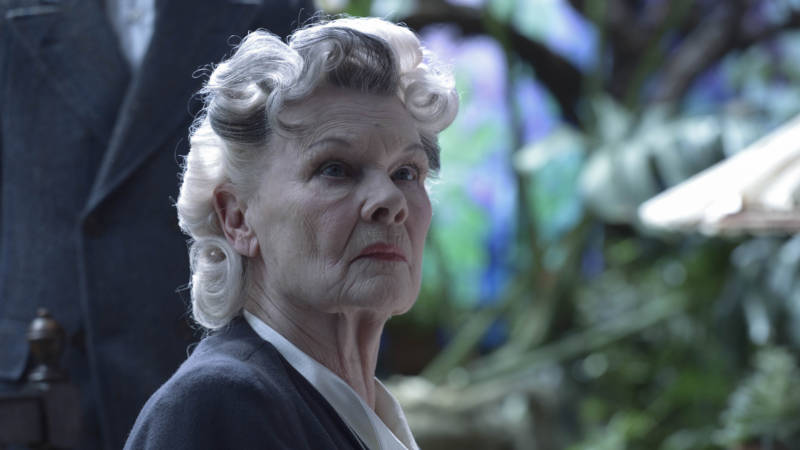When did our expectations for Tim Burton movies sink so precipitously? We ought to be able to forgive the guy who made Ed Wood and Sleepy Hollow a Planet of the Apes now and then. Or even an Alice in Wonderland, so long as he keeps balancing mega-grossing mediocrities like that with heartfelt stuff like Frankenweenie, his delightful stop-motion ode to his dog. Any director who averages a studio feature every other year for three decades will have a stinker or two on his resume.
And yet somehow Burton’s stock feels low enough to make the spooky, visually ingenious, oft-incoherent-but-in-a-dreamlike-way Miss Peregrine’s Home for Peculiar Children feel like a win just because it isn’t dreadful. Burton stages two or three striking set pieces, and otherwise builds as much of the movie as he possibly can around Eva Green’s severe-but-solicitous performance as mysterious headmistress Miss Peregrine, a sort of hard-eyed Mary Poppins. Surely that’s fair freight for your $12.
Everything that predates Ms. Green’s arrival — even scenes featuring the great Terence Stamp, and, well, one scene with the great Allison Janney — is kind of a slog. The movie takes at least 15 minutes to get going, and its final third is as narratively opaque as any table-setting Marvel or DC flick.
But by then I didn’t care that I couldn’t tell you the stakes: Even before Burton dispatches a platoon of skeletons to fight a horde of eyeless, tentacle-tongued “hollowgasts” on a London pier — a clear homage to one of his heroes, pioneering stop-motion animator Ray Harryhausen — I’d surrendered once again to his gifts as peddler of surreal imagery. Burton uses archaic stop-motion techniques in addition to untold petabyes (or exabytes) of CGI, and the movie is never more entrancing than when a creepy babydoll armed with a chef’s knife is fighting a crab. (To be fair, its two young human leads, Asa Butterfield and Ella Purnell, are quite animated and capable, too.) If you were to strip Guillermo del Toro’s decade-old masterpiece Pan’s Labyrinth of all its allegorical and emotional heft, Miss Peregrine‘s is more or less what you’d have left. Easy to watch, after that distended Floridian prologue, and easy to forget.


